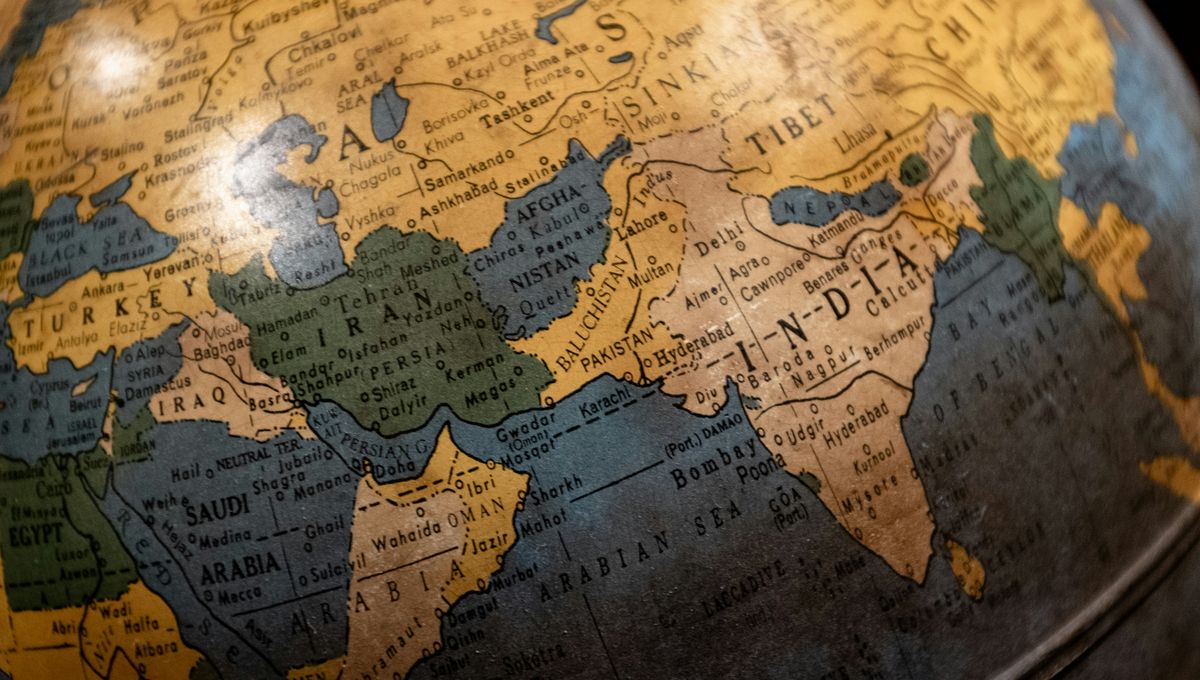
Prior to the start of the Ice Age, a period of global warming may have led to a northward shift of the monsoon rains, allowing prehistoric hominins to migrate out of Africa before crossing the Kazakh Steppe and the Hindu Kush, finally reaching northern India almost 3 million years ago. At least, that’s the theory presented by the authors of a new study, despite the fact that no human fossils of this age have ever been found in Asia.
The rest of this article is behind a paywall. Please sign in or subscribe to access the full content.
To date, the oldest confirmed hominin remains outside of Africa date to around 1.85 million years ago and come from Dmanisi, Georgia. However, in the mid-1980s, archaeologists in China discovered what they thought was a 2.5-million-year-old jawbone belonging to some ancient human species, alongside a set of stone tools at a site called Longgupo.
Some years later, this mandible was found to belong to an unknown variety of extinct ape, although most scholars agree that the lithic artifacts were indeed made by humans. With no actual fossils, though, it’s hard to place any hominids at the site at any given time, which means it’s unclear how these tools ended up there, or when.
According to the authors of the new study, large numbers of tools resembling those from Longgupo have been found at a site called Masol in Punjab, along with “undisputable” evidence of animal butchery by hominins. Having dated the stone utensils and butchered bones to 2.95 million years ago, the researchers seek to determine whether our prehistoric ancestors could conceivably have reached the Subcontinent at this incredibly early juncture.
Reconstructing the paleoclimatic events leading up to this point in time, they suggest that a warming interval that occurred between 2.97 and 2.96 million years may have led the summer intertropical convergence zone (ITCZ) to move northwards from Africa and Arabia.
Because the ITCZ is responsible for producing monsoon rains, this shift would have transformed the arid landscapes of Central Asia into lush ecosystems, enabling ancient hominins to migrate across the region and into India. As they moved, they may even have encountered herds of wild horses, which had crossed over from North America when the Bering Strait froze some 3 million years ago before following the same route towards Masol.
As with Longgupo, however, the one major problem at Masol is that it contains no actual human remains. Evidence of lithic technology and butchery, while suggestive of human occupation, can’t therefore be taken as proof that our ancestors were present at the site at any specified point in time.
In all likelihood, then, the vast majority of scholars will remain skeptical that hominins were present in Asia prior to 1.85 million years ago, and will demand to see actual fossils before accepting that our forebears had left Africa any earlier than this. To be fair to the study authors, though, they aren’t claiming that humans were actually at Masol 2.95 million years ago, but are simply outlining how they might have got there – if indeed they were there at all.
The study has been published in the journal L’Anthropologie.
Source Link: Tools And Butchery Suggest Human Ancestors Reached India 2.95 Million Years Ago